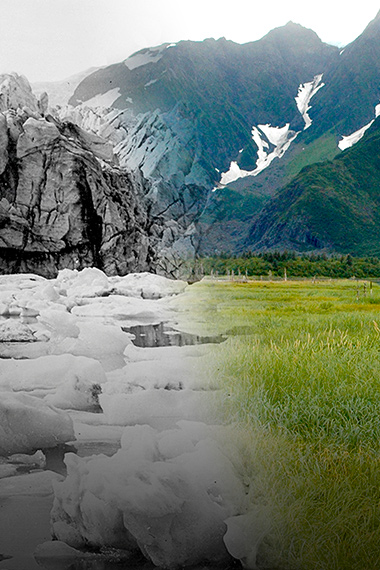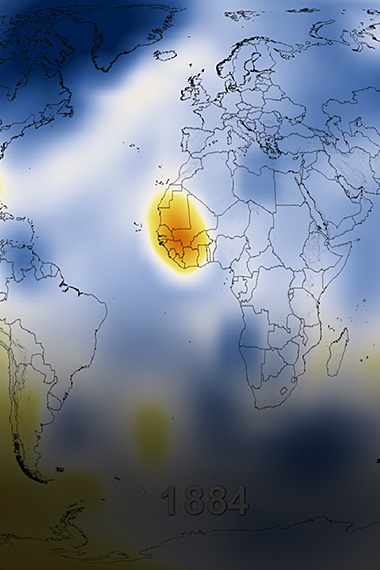MULTIMEDIA
Video: Antarctic Ice Mass Loss 2002-2023
August 23, 2023
The Antarctic ice sheet's mass has changed over the last decades. Research based on satellite data indicates that between 2002 and 2023, Antarctica shed an average of 150 billion metric tons of ice per year, adding to global sea level rise.
These images, created from GRACE and GRACE-FO data, show changes in Antarctic ice mass since 2002. Orange and red shades indicate areas that lost ice mass, while light blue shades indicate areas that gained ice mass. White indicates areas where there has been very little or no change in ice mass since 2002.
Areas in East Antarctica experienced modest amounts of mass gain due to increased snow accumulation. However, this gain is more than offset by significant ice mass loss on the West Antarctic Ice Sheet (dark red) over the 21-year period. Floating ice shelves whose mass change GRACE and GRACE-FO do not measure are colored gray.
The average flow lines (gray; created from satellite radar interferometry) of Antarctica’s ice converge into the locations of prominent outlet glaciers, and coincide with areas of highest mass loss (i.e., Pine Island and Thwaites glaciers in West-Antarctica). This supports other observations that warming ocean waters around Antarctica play a key role in contemporary ice mass loss.
View and download a similar visualization of Greenland: https://climate.nasa.gov/climate_resources/264/video-greenland-ice-mass-loss-2002-2023/.






























